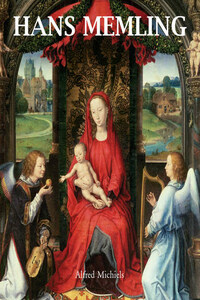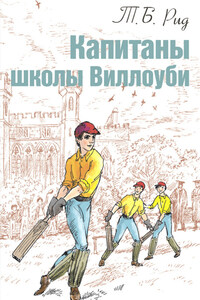Hans Memling, Portrait of a Man, c. 1470. Oil on oak panel, 33.3 × 23.2 cm. The Frick Collection, New York.
On approaching Bruges, one notes a tall tower with a warlike aspect that dominates the roofs of the city, and seems more like the dungeon in a fortress than a church’s bell tower. But it is the bell tower of Notre Dame. No statues, mouldings, or engravings embellish this imposing mass. It proudly thrusts out its heavy walls, grave as the thought of death, bare and sad like the outside of a prison. Flocks of jackdaws fly around, calling their short loud cries, and they settle on the roof along with a row of mystical birds. The Northern sun whitens the edifice with its pale light, the Netherlands’ misty horizon covering it with its bright lines. From the top of the tower, one can perceive from afar the ocean’s tides. And, in a natural way, this scene inspires poetic sentiments and plunges its spectator into deep meditations. For any Dutch art lover, the picturesque town of Bruges is full of marvelous surprises. Even if its attractions cannot rival those of grander and more magnificent European towns, Bruges, during the fourteenth and fifteenth centuries, was the central and most important market of the cities of Hanse, home of merchant princes. Unfortunately, all this has changed; Bruges is no longer classified as an area of wealth and commercial importance. At one time houses were full of paintings by Memling and other great artists, which today are dispersed throughout the entire world. Bruges was only able to preserve a few pieces from its great masters.
Near this pious retreat, under the bell tower’s shadow, looms another sanctuary that governs and protects the word of God. It carries the name of St John’s Hospital. We do not know during what period it was founded, but was already in existence in the twelfth century. Around the year 1397 the monks there adopted the Rule of Saint Augustine. Dedicated to their vows of easing human suffering, their first priority dictated that they only see people from Bruges and Maldeghem. Nuns also took their place at the bedsides of the suffering and murmured words of consolation. Although the building has since become a museum, it has changed little. It is Gothic in style, full of gables and tarasques – mythical beasts half dragon and half-fish – and admits light through ogee windows. The sick awaited the end of their hardships there, under the pointed-arch vaulting. A calm, covered courtyard, fresh lime blossoms, and a single pond where ducks dabbled, occupied the space between the sickrooms. A small number of convalescents rested in the fresh air on fine days, full of gentle and profound melancholy with past anguish left behind them, hope of full recovery enlivening them with its magic visions.

Hans Memling, Portrait of a Man, c. 1472. Oil on oak panel, 35.3 × 25.7 cm. Royal Museums of Fine Arts of Belgium, Brussels.
It is at the heart of the hospital church (the buildings were separated during the nineteenth century) that the famous Shrine of Saint Ursula (Illustration 1, 2, 3, 4, 5), created in 1489, can be found, and where other masterpieces produced by Hans Memling shine. Carefully kept for more than five centuries, gleaming in all their primitive radiance, their grace suddenly enchants the traveler and transports him into an era that is no more. He finds himself on the current of the eternal river, floating far from our time into older generations and onto other monuments, onto a shore that humanity has always avoided. Morals, costumes, passions, and beliefs, forever frozen under the artist’s paintbrush, have found themselves transported into our modern age. A gentle and tender light illuminates the paintings, a profound silence reigns around the spectator; murmurs coming from outside serve to increase its poetic emotion: the wind sighs as it brushes against the crosses, swallows twitter as they skim over the rooftops, while the city rumbles from afar like a river through the mountains. In one’s mind, these noises mix together and, dominated by the genius of memory, we can maybe imagine that we hear again the voices of days gone by.
– Why did these paintings belong to a hospice?
This is an inescapable question that plagues art historians, who can not respond to it in a satisfactory manner. A fog which seems to have enveloped so many Flemish masters, has wrapped itself around Memling and has hidden almost all knowledge of his existence. An impenetrable mystery surrounds him: we understand and admire his talent, but we know almost nothing of his life; several vague traditions and a few dry notes make up his story. Even his name was the subject of dispute for a long time, and the correct spelling of his name was not established until the beginning of 1861.








